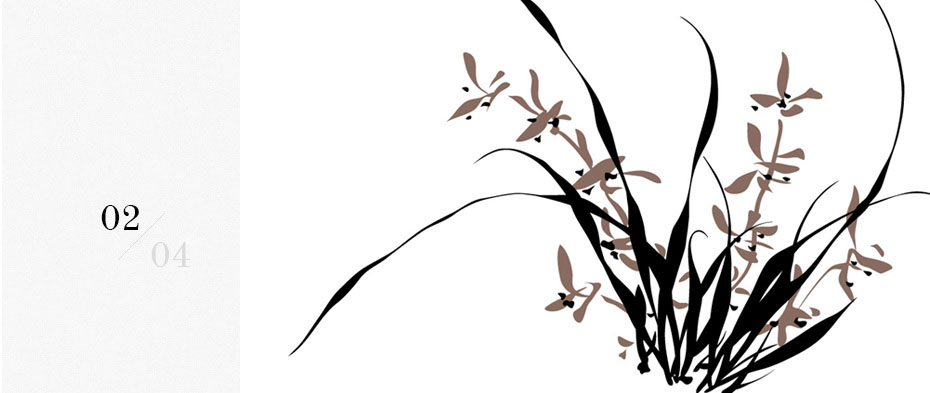
|
Xinjiang cuisine
Xinjiang cuisine reflects the cooking styles of many ethnic groups of the Xinjiang region, and refers particularly to Uyghur cuisine. Signature ingredients include roasted mutton, kebabs, roasted fish and rice. Because of the Muslim population, the food is predominantly halal.
Xinjiang cuisine is found throughout much of China, as migrants from the region often open Xinjiang restaurants or food stands in other regions.
Ethnic groups in Xinjiang generally have different cooking and eating methods. Han people in Xinjiang use chopsticks while Kazakhs eat with their hands. Ceremonial foods for certain groups include horse milk for the Kyrgyz and sheep entrails for the Xibe. The dishes of the Dongxiang people are prominent in Xinjiang-style restaurants. Signature Dongxiang dishes are noodles boiled in thick mutton soup and steamed twisted rolls.
Uyghur food is characterized by mutton, beef, camel, chicken, goose, carrots, tomatoes, onions, peppers, eggplant, celery, various dairy foods, and fruits.
A common Uyghur dish is läghmän or lagman , a noodle dish likely to have originated from the Chinese lamian, but its flavor and preparation method are distinctively Uyghur. It is a special type of handmade noodle, made from flour, water and salt.
Other dishes include soups made of lamb or chicken, and kawaplar (kebabs) of lamb or beef. Bread is the Central Asian-style baked flatbread known as naan , using sesame seeds, butter, milk, vegetable oil, salt, and sugar.
Another popular Xinjiang dish is dapanji , which is literally translated as "big plate chicken." It is a spicy hot chicken stew served on a big plate, and after the chicken has been eaten, wide flat hand-pulled noodles are added to the gravy.
Xinjiang cuisine is found throughout much of China, as migrants from the region often open Xinjiang restaurants or food stands in other regions.
Ethnic groups in Xinjiang generally have different cooking and eating methods. Han people in Xinjiang use chopsticks while Kazakhs eat with their hands. Ceremonial foods for certain groups include horse milk for the Kyrgyz and sheep entrails for the Xibe. The dishes of the Dongxiang people are prominent in Xinjiang-style restaurants. Signature Dongxiang dishes are noodles boiled in thick mutton soup and steamed twisted rolls.
Uyghur food is characterized by mutton, beef, camel, chicken, goose, carrots, tomatoes, onions, peppers, eggplant, celery, various dairy foods, and fruits.
A common Uyghur dish is läghmän or lagman , a noodle dish likely to have originated from the Chinese lamian, but its flavor and preparation method are distinctively Uyghur. It is a special type of handmade noodle, made from flour, water and salt.
Other dishes include soups made of lamb or chicken, and kawaplar (kebabs) of lamb or beef. Bread is the Central Asian-style baked flatbread known as naan , using sesame seeds, butter, milk, vegetable oil, salt, and sugar.
Another popular Xinjiang dish is dapanji , which is literally translated as "big plate chicken." It is a spicy hot chicken stew served on a big plate, and after the chicken has been eaten, wide flat hand-pulled noodles are added to the gravy.
Product Search






